Let me introduce you, PAC's latest aircraft design, the P4 Pigeon series!
PAC P4A Passenger Pigeon
First Flown in 1932
The P4A Pigeon was designed and built in 1939, and first flew in 1940. The P4 was designed solely for the executive transport role, much like the Spartan Executive. To keep development costs low and make the development very fast, the P4 took the same exact wings, struts, landing gear, and the exact same Pratt & Whitney R-985 engine from the P3A Buzzard, except the P4 featured a 450HP R-985, instead of the 300HP R-985 found on the P3. Also the P4A used the same fixed-pitch, 2 bladed metal prop from teh P3. The P4 had the pilot in the separate cockpit, and in the cabin, 6 passengers could sit comfortably in a reclined position with large round windows. However the cabin was on the cramped side, hence the reclined seats. The P4 was literally the "private jet" of the day, especially the blazing fast P4C.
One unique thing about the P4, is that the pilot sits all the way at the back, right in front of the tail, and sits directly behind the cabin. There is NO access from the cabin to the cockpit. The cockpit is also an open-cockpit, but later variants such as the B and C model feature a completely closed canopy. In ALL the P4's production variants, only one pilot can control the aircraft from the rear-cockpit; No two-seat cockpit variants were ever produced.
While the Early P4A model was relatively slow, the P4B and ESPECIALLY the P4C, were much much faster, making them true executive airplanes. The only main downside with the P4A and P4B models, is that they have terrible turning radius thanks to the small tailwheel thats tucked into the tail for aerodynamic streamlining. In total, 3 variants were produced, and production ran from 1940 to 1960. Production stopped in 1960 when cheaper airplanes like the Mooney were becoming faster than the P4.
Literally everything except the fuselage and tail section were carried over from the P3 Buzzard. Compared to the P3 Buzzard, the P4 is a Cadillac.
AG-8 = Nav, Beacon, Strobe Lights
AG-7 = Landing Lights
Enjoy and happy flying!
NOTE: Not too excited with how the round windows came out on the circular fuselage. Also, despite the round fuselage and windows, this airplane is NOT pressurized. Just FYI.
Specifications
General Characteristics
- Predecessor PAC P3A Buzzard -Landing Gear Fix
- Successors 2 airplane(s)
- Created On Windows
- Wingspan 36.1ft (11.0m)
- Length 23.2ft (7.1m)
- Height 9.8ft (3.0m)
- Empty Weight 3,627lbs (1,645kg)
- Loaded Weight 4,500lbs (2,041kg)
Performance
- Horse Power/Weight Ratio 0.233
- Wing Loading 15.3lbs/ft2 (74.6kg/m2)
- Wing Area 294.6ft2 (27.4m2)
- Drag Points 2930
Parts
- Number of Parts 61
- Control Surfaces 7
- Performance Cost 299

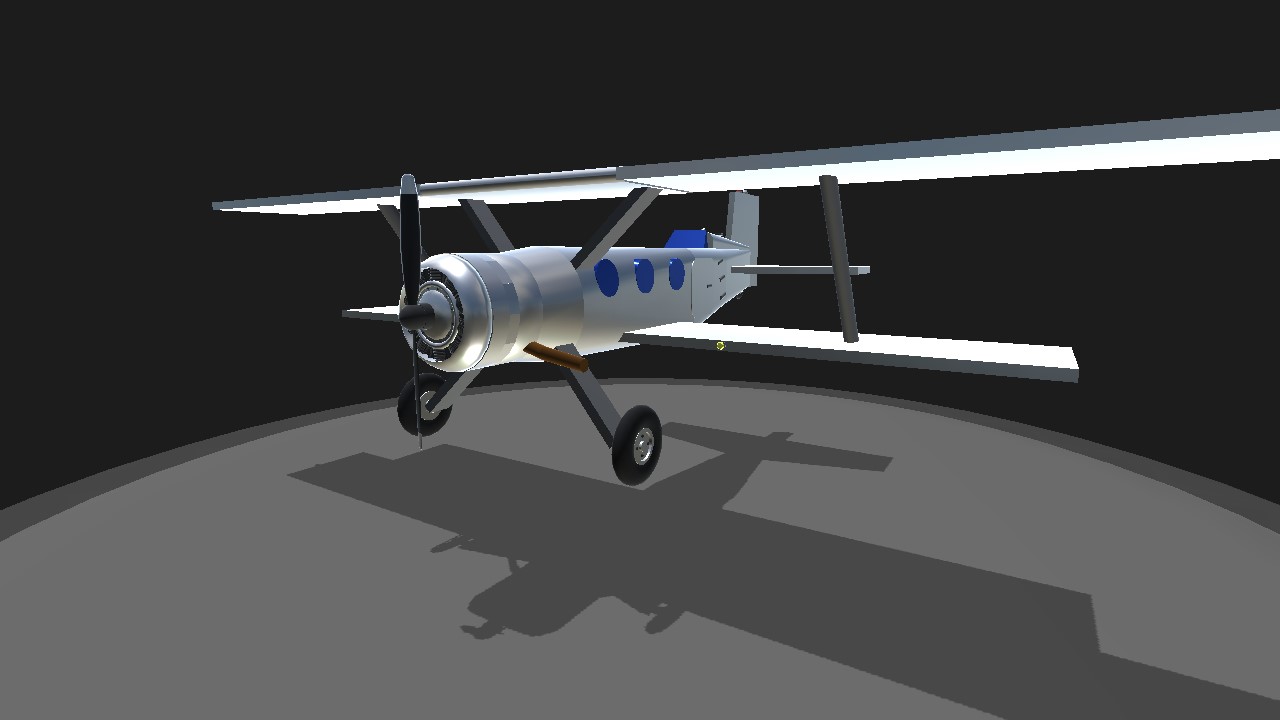
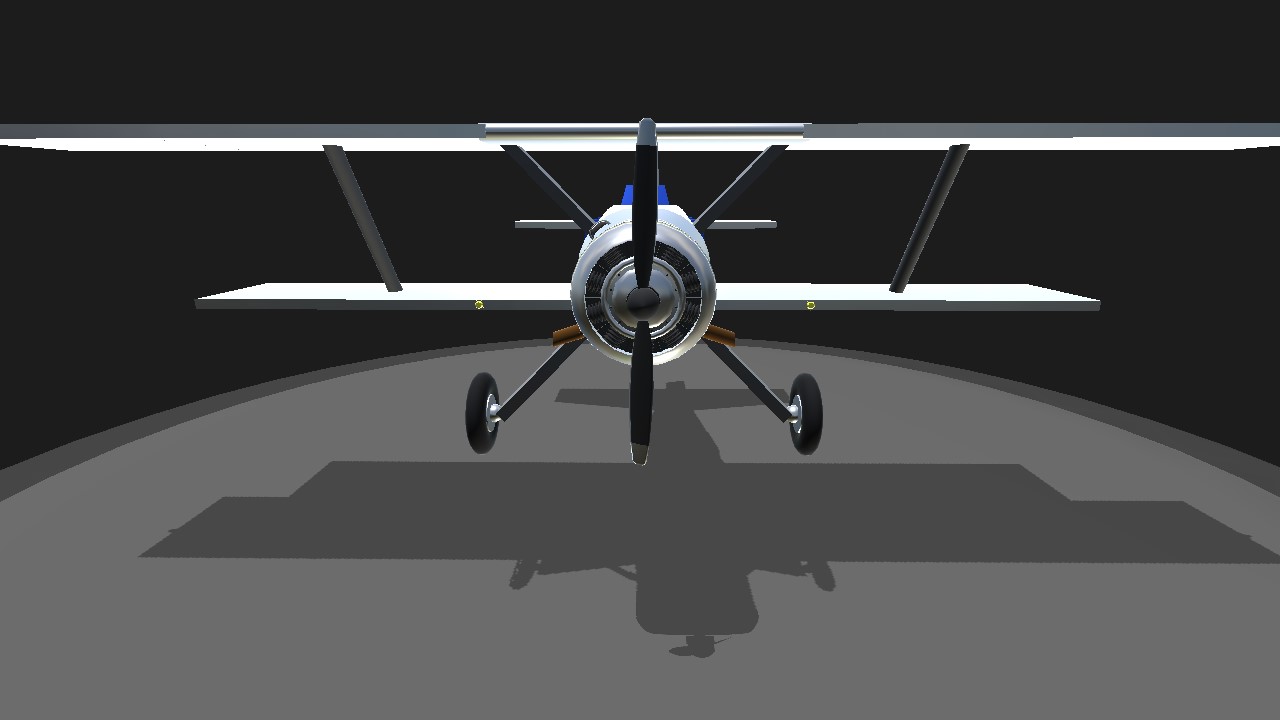
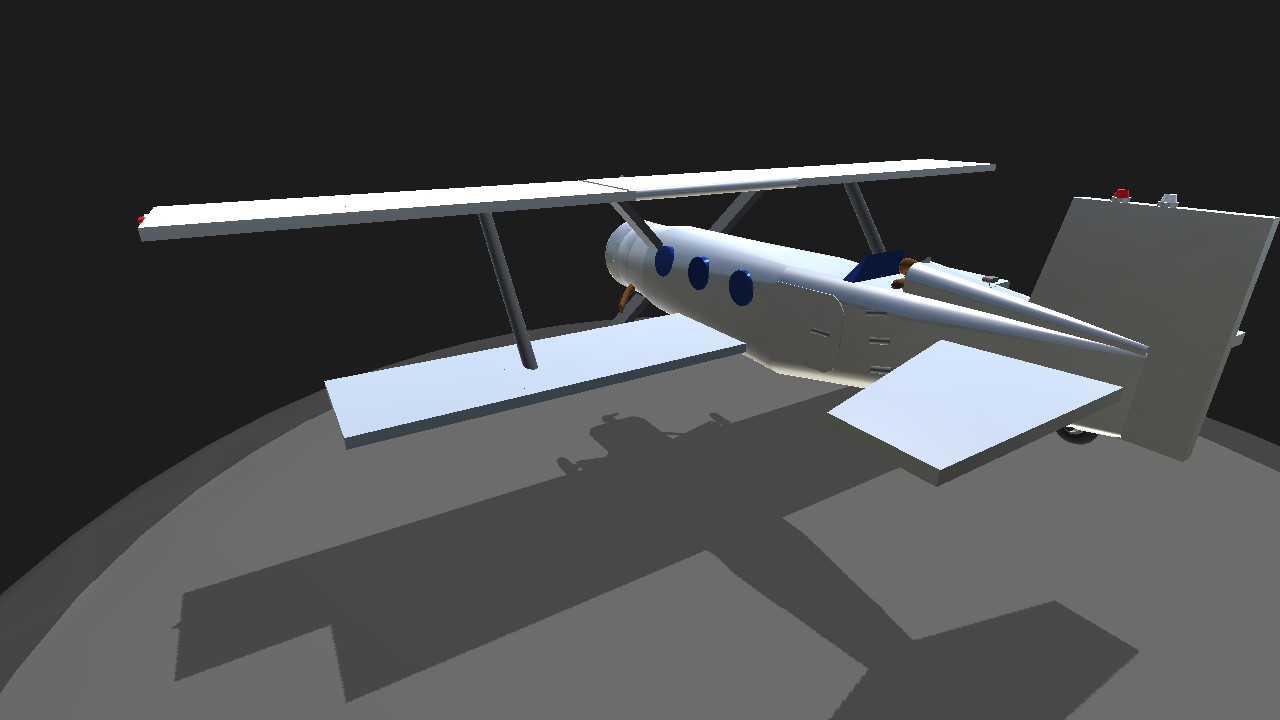
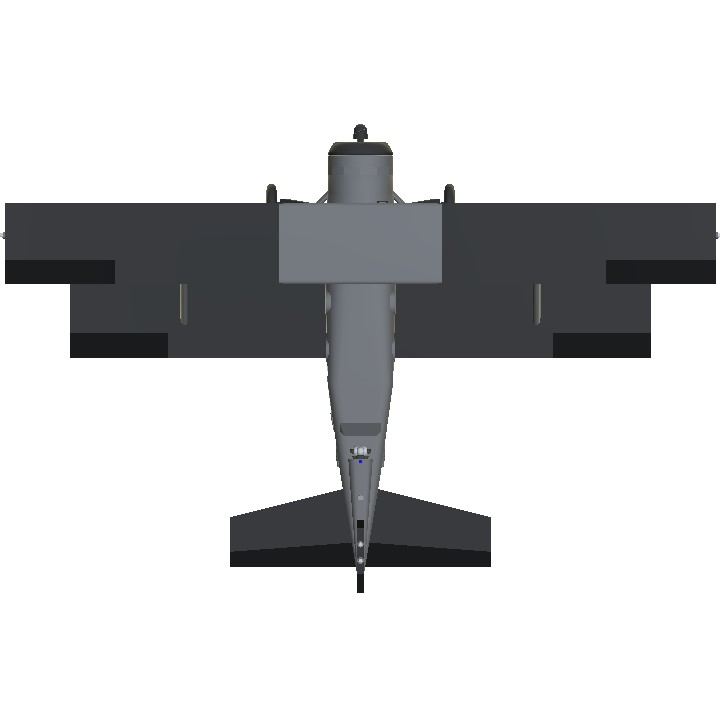
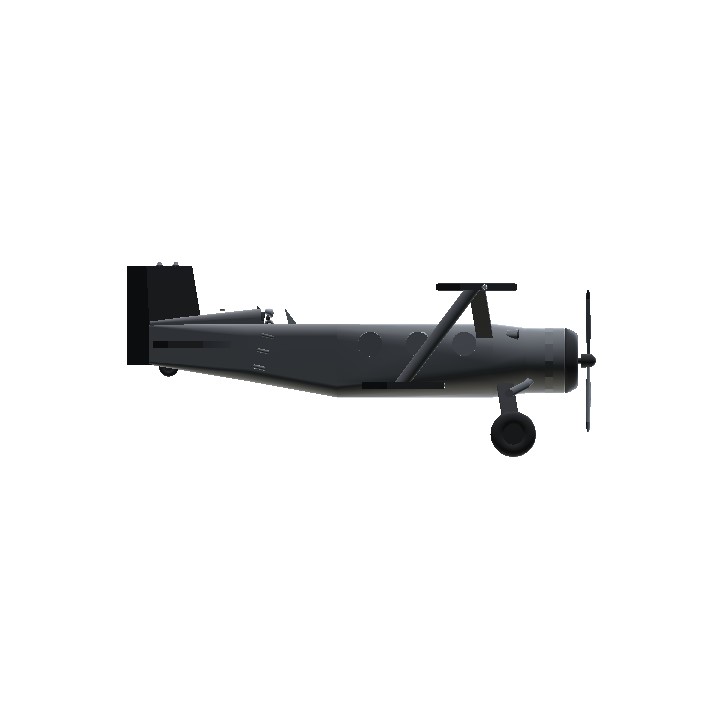
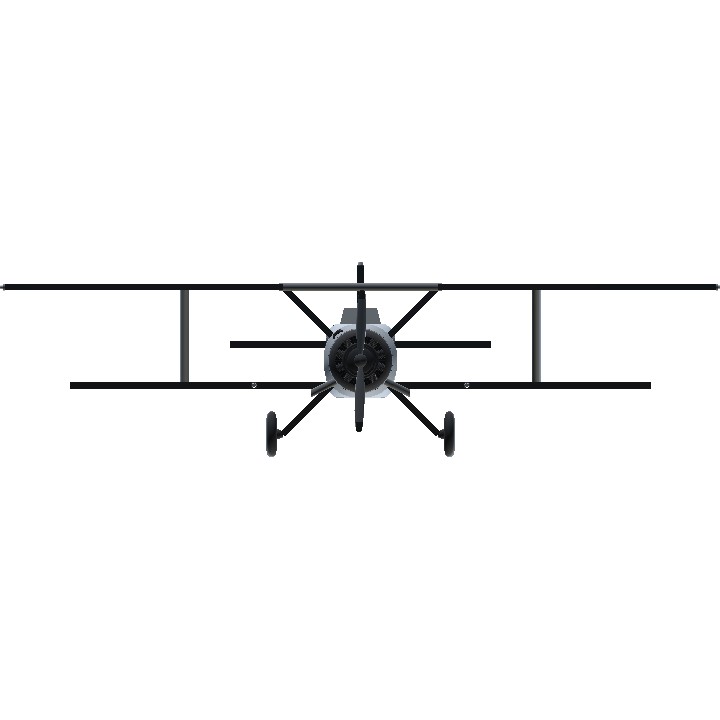
@Empanadinho
Thanks!
@randomusername
Thanks for the upvote!
@BIU
Thanks for the upvote!
@JohnnyBoythePilot
NP!
@JohnnyBoythePilot
NP!
@kerothehero
Thanks for the upvote!
Also, I finally made an airplane that won't nose over on landing! :D
It's the opposite, the tail wants to come down everytime you touch down. Yay.
This airplane was also purely for civillian use. While it was used in the air force, it was strictly used for VIP transport thanks to it's comfort and speed. There were no fighter/bomber variants.